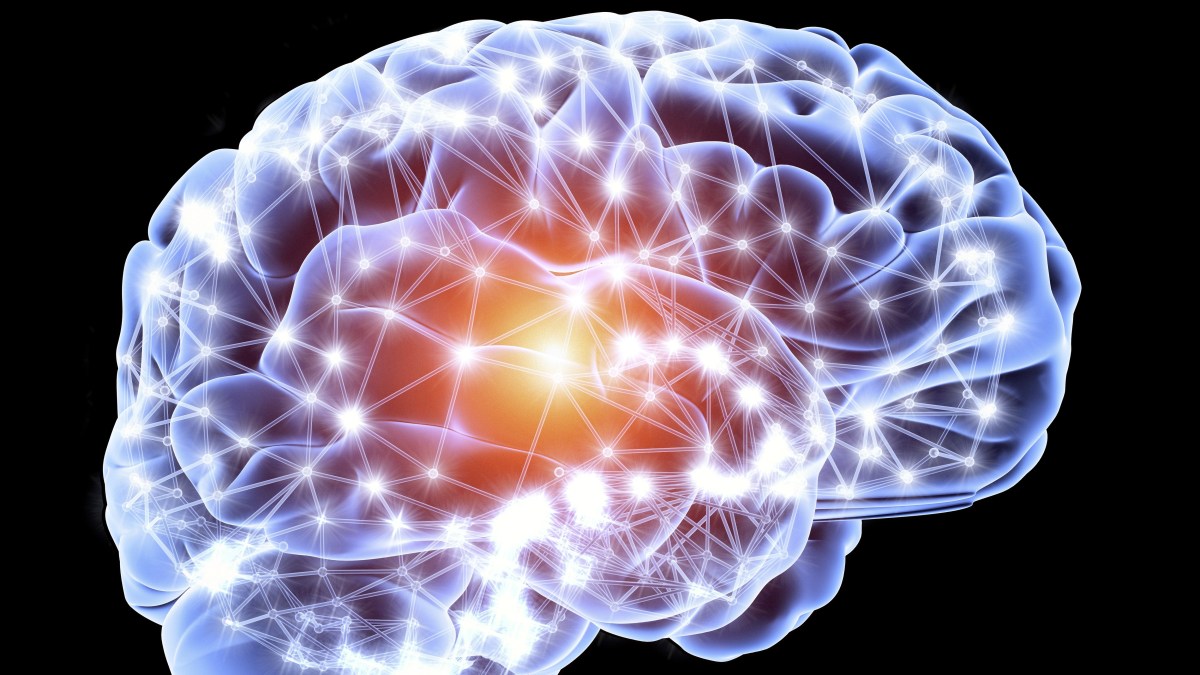Consciousness is difficult to define and thus study. Most contemporary knowledge on the subject is tied to religion, philosophy, or the science of cognition. However, a recent theory, rooted in evolutionary biology, may explain how our state of awareness manifested. Michael Graziano, an associate professor of psychology and neuroscience at Princeton University, explains:
“The Attention Schema Theory (AST), developed over the past five years, may be able to answer those questions [about consciousness]. The theory suggests that consciousness arises as a solution to one of the most fundamental problems facing any nervous system: Too much information constantly flows in to be fully processed. The brain evolved increasingly sophisticated mechanisms for deeply processing a few select signals at the expense of others, and in the AST, consciousness is the ultimate result of that evolutionary sequence. If the theory is right—and that has yet to be determined—then consciousness evolved gradually over the past half billion years and is present in a range of vertebrate species.”
Read Graziano’s full explanation of AST and what it means for us as humans today in The Atlantic.
This article was featured in the InsideHook newsletter. Sign up now.
























